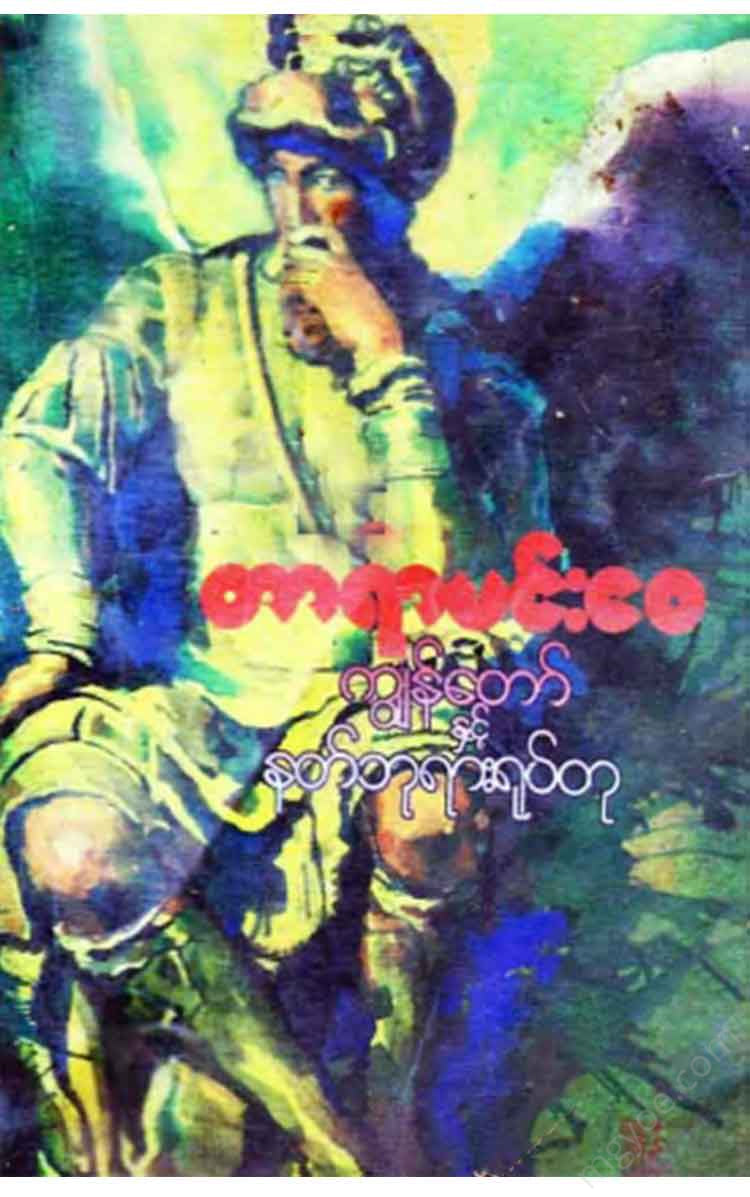Other Websites
Tara Min Wai - Me and the God Statue
Tara Min Wai - Me and the God Statue
Couldn't load pickup availability
:: Click on Buy it now to download the ebook . After placing your free order, the download link will be sent to the reader's email address used to log in to the mgyoe.com website.
:: The Ebook (Free) books on mgyoe.com are only books that have been circulating on the internet for a long time.
:: It is just a compilation so that readers can easily find it when they want to read it.
:: If reprinted by bookstores, the download links for these e-books will be removed.
------------------------------------
A spirit is a guardian.
A man was standing. Many people came to pay their respects to him. Some shook his hand and greeted him. Strangely, they even scratched his palm with their fingers.
One of their unique rules...
Somewhere, an Egyptian priest stretched out his arms. His eyes were closed. His robes fluttered in the breeze.
After a while, the monk was shocked and started to speak in a strange and strange way. The meaning of what he was saying was "
"Plotinus" was a man who was under the protection of a divine spirit... Plotinus... taught the people before him a profound philosophy. It was a philosophy that later scholars would define as "Plotinism". Because it was a revival of Platonism, it was also called Neoplatonism.
This book... is a book that will briefly present the artistic philosophies of Plato. Those who know will raise their eyebrows. I... am not a person who accepts Plato's artistic philosophies. I accept Plotinism, which is considered neo-Platonism, to a certain extent. Why...? What are the differences...? How big is the gap between the new philosophy and the old philosophy...? It will become something to think about and ask questions. Just keep reading the book... It will gradually become clear. You will understand what I mean.
Plato's teaching
First, we will examine Plato's philosophy of art. For fourth-year, distance learning students of philosophy,
The following is found in the “Rasa Gyanya Volume (2)” published by. Chapter (2), page (20).
- The meaning of art
In Plato's concept of art, art is interpreted in two ways. The first is "Art is imitation." It means "Art is imitation." The word "art" is defined as "imitation." To understand this definition, it is necessary to review Plato's philosophical view. Plato's concept of art is based on his philosophical view.
In Plato's philosophy, there are two worlds. One is the Realm of Ideas, which contains universals. These can be known through concepts or knowledge. The knowledge that is obtained is true knowledge. The attribute of true knowledge is Truth.
The other world is the material world or the world of appearance, which consists of inanimate objects (Particulars) and humans. They can be approached and known through the senses (Percepts). The knowledge gained is only opinion. Its quality is utility. According to Plato, the particular objects in the material world are only shadows or dim copies of the general names in the spiritual world. It can be said that the spiritual world and the physical world are related in the sense of copying. The general names in the spiritual world can be known by reasoning. The particular objects in the physical world can be known by the senses. Art is the copying of particular objects from the physical world. Therefore, works of art are copies of particular objects. Since particular objects are also copies of general names, works of art are copies of copies. More fully, art is the reproduction of specific things, which are copies of general nouns. Therefore, it is interpreted as “Art is the imitation of imitation.”
According to Plato, the particular things in the material world are the copies of the general things in the spiritual world. In turn, art is the imitation of things in the material world. Therefore, artists are only imitators. The general name beauty is in the spiritual world. The particular things in the material world, both human and inanimate, are the copies of the general name. Works of art are the copies of beautiful things in the material world. In other words, art is the reproduction of beautiful things in the material world. The objects of imitation are the particular things in the world, both human and inanimate. Artists imitate specific things in the material world in a different way, and the quality of a work of art is determined by the similarity of the things that are imitated. Similarity is the standard of art. Through imitation, the meaning of art is revealed. Based on this explanation, Plato's view was called "Simple Limitation" by later scholars. I do not accept Plato's above idea. I have also written an article stating that I do not accept it. It was included in the Crown No. (25) 1996. The article is "About Me and a Broken Mirror". Plato's Imitation Theory is also called Mirror Theory as another name. The article is as follows.
Philosopher
This problem was created by a young Greek named Aristocles. He was rich. He was handsome. He came from a royal family. He had a strong belief in reason and he loved art. When he became a philosopher under the name of Plato, the problem arose.
He was a philosopher who achieved great success in his life. He is remembered in the history of philosophy as the founder of objective idealism. One day he was walking around with a mirror in his hand. He returned after answering some questions from some people.
“How to create an object of art?” Plato gave the example of a “mirror” in his hand. That's where the problem begins.

